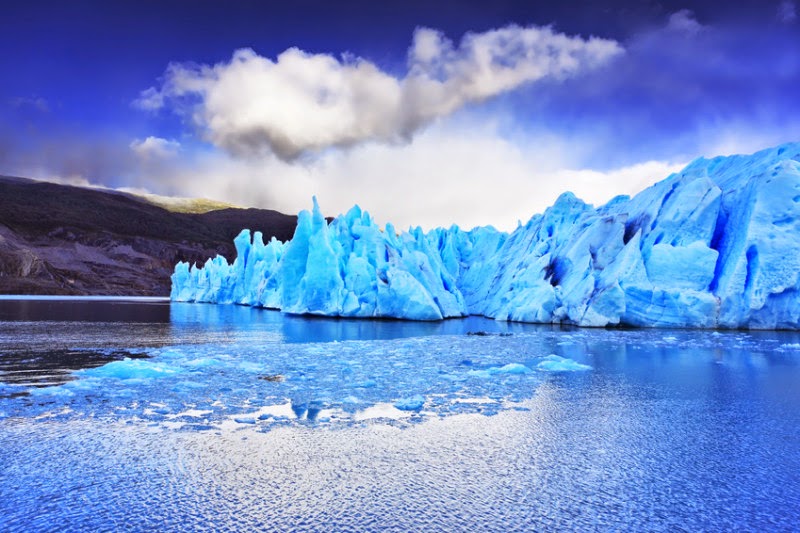
Small fluctuations in the sizes of ice sheets during the last ice age were enough to trigger abrupt climate change, scientists have found.
The team, which included Cardiff University researchers, compared simulated model data with that retrieved from ice cores and marine sediments in a bid to find out why temperature jumps of up to ten degrees took place in far northern latitudes within just a few decades during the last ice age.
The analysis, led by Germany’s Alfred Wegener Institute Helmholtz Centre for Polar and Marine Research (AWI), is published Aug. 21, 2014 in the scientific journal Nature.
The research confirms that thicker ice sheets increased ocean circulation and transferred more heat to the north due to a redirection of the prevailing winds. As the north warmed, glaciers retreated, the winds returned to normal conditions, and the north became cooler once again, completing the cycle
Conor Purcell from Cardiff University’s School of Earth and Ocean Sciences, said: “Using the simulations performed with our climate model, we were able to demonstrate that the climate system can respond to small changes with abrupt climate swings. Our study suggests that at medium sea levels, powerful forces, such as the dramatic acceleration of polar ice cap melting, are not necessary to create abrupt climate shifts and temperature changes.”
At present, the extent of Arctic sea ice is far less than during the last glacial period. The Laurentide Ice Sheet, the major driving force for ocean circulation during the glacials, has also disappeared. Climate changes following the pattern of the last ice age are therefore not anticipated under today’s conditions.
Professor Gerrit Lohmann, leader of the Paleoclimate Dynamics group at the AWI said: “In terms of the Earth’s history, we are currently in one of the climate system’s more stable phases. The preconditions which gave rise to rapid temperature changes during the last ice age do not exist today, but sudden climate changes cannot be excluded in future.”
Note : The above story is based on materials provided by Cardiff University.










